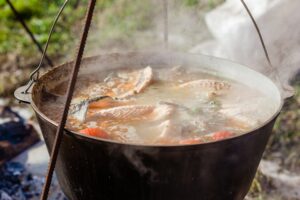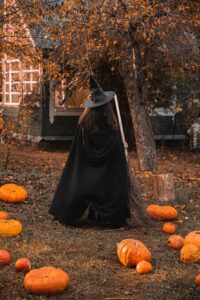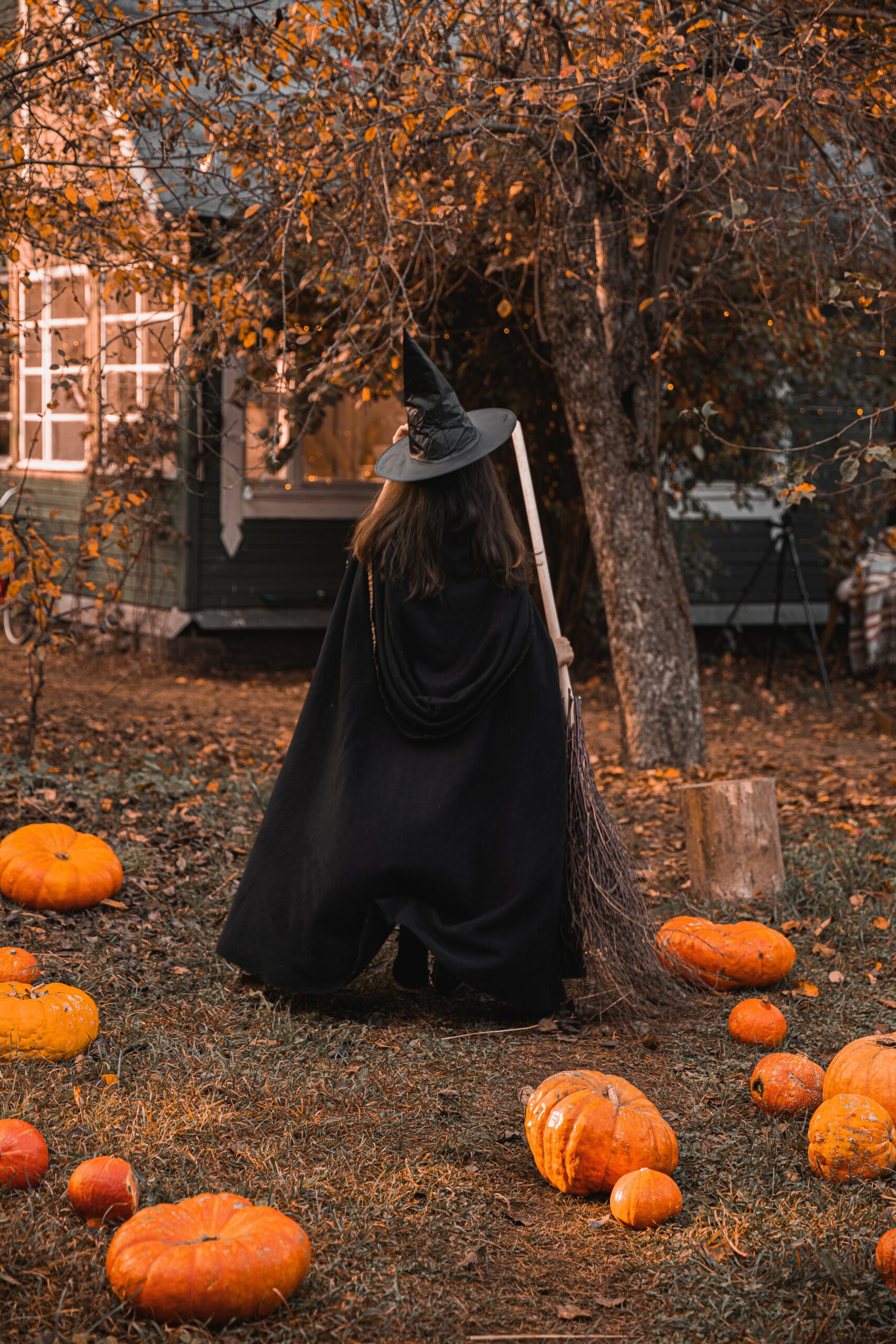Eye of newt and toe of frog. Did historical apothecaries and folk herbalists ( often called witches ) really add strange animal body parts to their brews and potions? Or is there another explanation for the weird and horrifying recipes?
 “Filet of fenny snake, In the cauldron boil and bake; Eye Of Newt, and Toe Of Frog, Wool Of Bat, and Tongue Of Dog, Adder’s Fork, and Blind Worm’s Sting, Lizard’s Leg and Owlet’s Wing. For a charm of powerful trouble, Like a hell-broth boil and bubble” Second Witch, Act IV Scene I, William Shakespeare’s Macbeth.
“Filet of fenny snake, In the cauldron boil and bake; Eye Of Newt, and Toe Of Frog, Wool Of Bat, and Tongue Of Dog, Adder’s Fork, and Blind Worm’s Sting, Lizard’s Leg and Owlet’s Wing. For a charm of powerful trouble, Like a hell-broth boil and bubble” Second Witch, Act IV Scene I, William Shakespeare’s Macbeth.
Centuries after it was written Shakespeare has probably contributed more than most to the witches and hags of our vivid imaginings. Thanks mostly to him, potion bottles appear each Halloween, bearing labels such as ‘eye of newt’.
As a child I had vivid daydreams of witches leaving their old cottages in the dead of night to pull wings off bats and toes off frogs! I was never sure where the remainder of the bats and frogs went, probably into a stew for dinner. Even as an adult I never questioned the ingredients, I just assumed it was meant to sound vile and creepy. It wasn’t until many years ago when I began researching ancient remedies, because I’m obsessed with old folk herbalism, that I realised what the potion ingredients actually where.
Folk Herbalism
It’s important to understand that throughout time folk herbalists and healers, ancient midwives and wise women were as much feared as needed. They carried the power to heal, but equally the knowledge of poisons ( necessary to prevent accidentally killing off your patients! ) and therefore wielded considerable power. It’s easy to see how the ‘witch’ label came about, and lots of women were endangered at points in history because they simply had knowledge of herbs. Very few of these folk herbalists were literate and all remedies and knowledge was passed down orally usually from mother to daughter, occasionally from one woman to another as a ‘trainee’. All plants were known by their local names, different names for the same plant in different localities. Each woman would only have known her own local plants. Recipe books, ‘spell books’, hardly existed, the women carried the knowledge with them. There was also an element of local competition between women and successful remedies were kept closely guarded secrets, to protect livelihoods.
It’s because of these reasons for secrecy and the wealth of localised knowledge, that we now have the witches brew ingredients, local names and coded words. It’s also interesting to note that selling a few ‘potions’ or ‘spells’ would have increased their income, the ingredients of which would have been lying around anyway, so it was a cheap and easy sideline to the actual herbalism.
Local Names
Throughout history, often used plants and herbs have many names based on attributes of the plant, it’s growth habits or even medicinal usage.
Common dandelion has been called ‘bitterwort’, for it’s strong and bitter taste, ‘blowball’ or ‘puffball’ because of it’s seeding method, lion’s tooth due to its serrated foliage and ‘piss-in-the-bed’ because of it’s diuretic properties.
dandelion has been called ‘bitterwort’, for it’s strong and bitter taste, ‘blowball’ or ‘puffball’ because of it’s seeding method, lion’s tooth due to its serrated foliage and ‘piss-in-the-bed’ because of it’s diuretic properties.
Depending on where you live, you may call Glechoma hederacea ‘creeping charlie’ or ground ivy; also known as ‘gill over the ground’, ‘runaway robin’, and ‘lizzie run up the hedge’ because of it’s aggressive runners. Also ‘cat’s foot’ for the shape of it’s leaves, ‘alehoof’ because it was commonly used in the making of beer and ale, and ‘field balm’ because it has been used for as a general heal-all herb for balms, salves and teas for thousands of years.
Many reputable historians believe that herbalists used the gruesome sounding names so that their ‘spells’ and herbal remedies could not be easily copied. In some cases certain body parts were used as code for the part of the plant used in a herbal remedy. For example, “eye of…” would usually refer to a round shaped blossom or seed of a specific plant; as in eye of newt, which is simply mustard seed.
In some cases, an animal name was used in place of a plant name, just like the “newt” would represent mustard. Here are some of the common body parts and animal names often used in herbalists code
Code Body Parts
Eye- Blossom or Seed
Heart- Bud or Seed
Beak, Bill or Nose- Seed, Bud or Bloom
Tongue or Teeth- Petal or Leaf
Head- Blossom
Tail- Stem
Hair- Dried Herbs or Stringy Parts Of Herbs
Privates, Genitals Or Semen- Seeds Or Sap
Blood- Sap
Guts- Roots or Stalk
Paw, Foot, Leg, Wing or Toe- Leaves
Animal codes
Toad- Sage
Cat- Catmint
Dog- Grasses, Specifically Couchgrass
Frog- Cinquefoil
Eagle- Wild Garlic
Blue Jay- Laurel
Hawk- Hawkweed
Lamb-Wild Lettuce
Nightingale- Hops
Rat- Valerian
Weasel- Rue
Woodpecker- Peony
By combining a body part and an animal from simple codes, a herbalist could keep the ingredients of their remedy secret. If you wanted to sell your herbs and blends you might list the ingredients of a herbal sleep tea as rat guts and blood of lamb, instead of just valerian root and wild lettuce sap. This would not only prevent the purchaser from growing their own remedies, but it also had an air of wisdom about it.
I really think that rather than create an air of mystery it was more about preserving their business and protecting their income, but I’m sure in many cases it helped!
Much of our modern day herbal wisdom comes from these historic sources which eventually over time were written down and recorded and many of our modern medicines have emerged from this wealth of knowledge. My passion for the original old ways continues.



No Comments